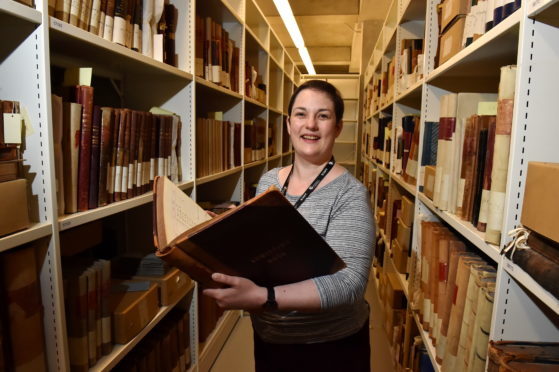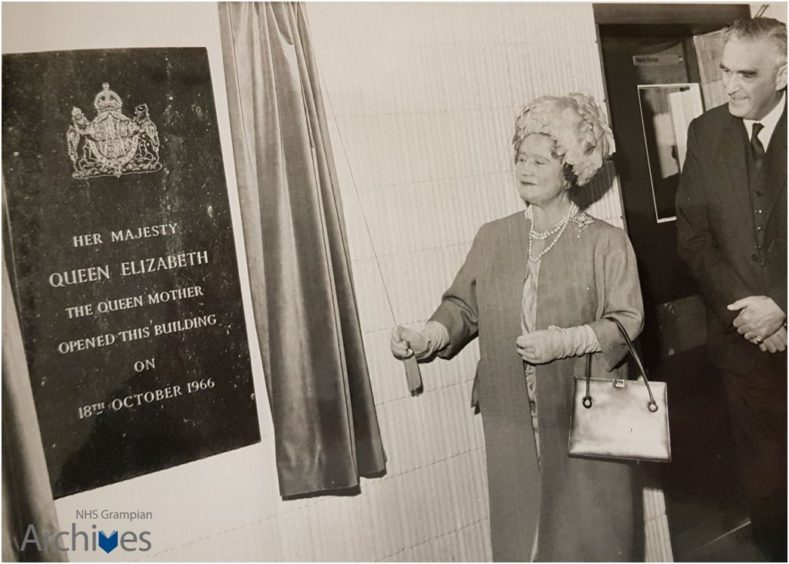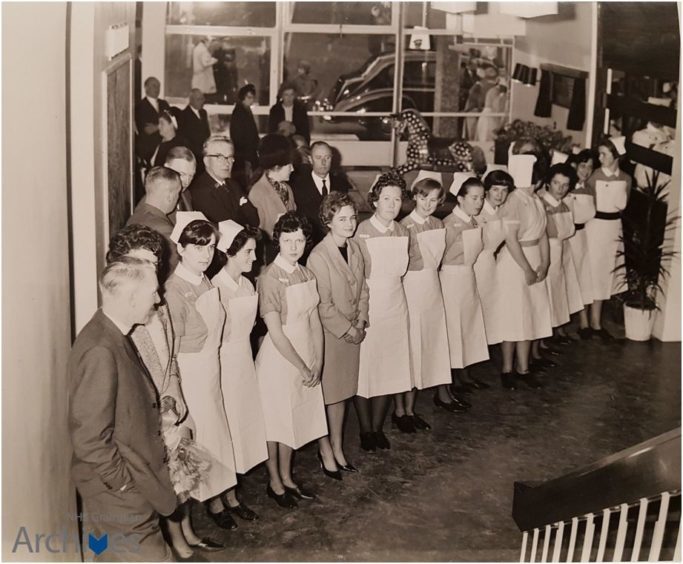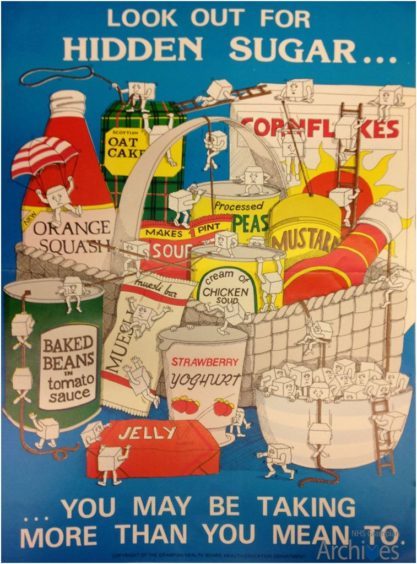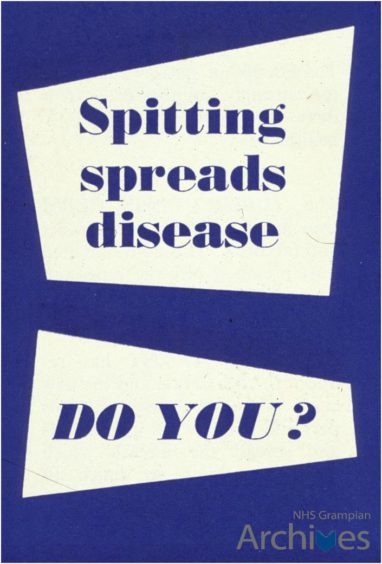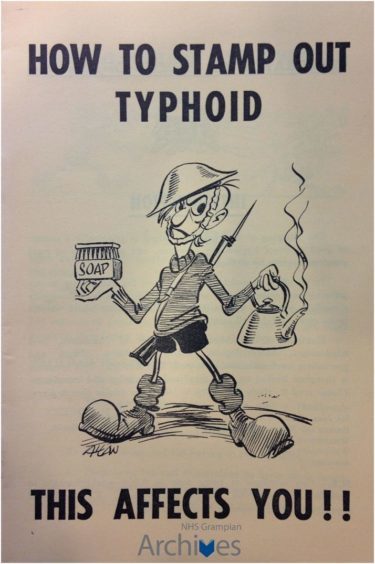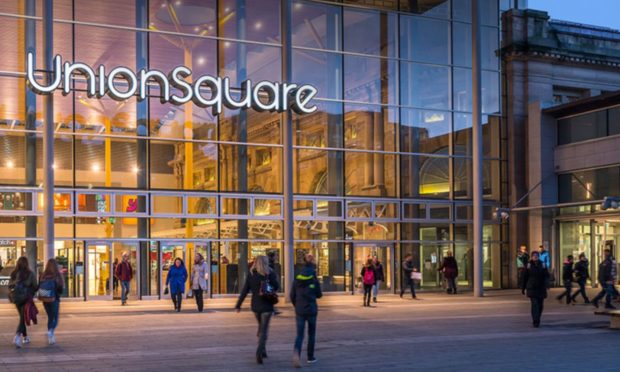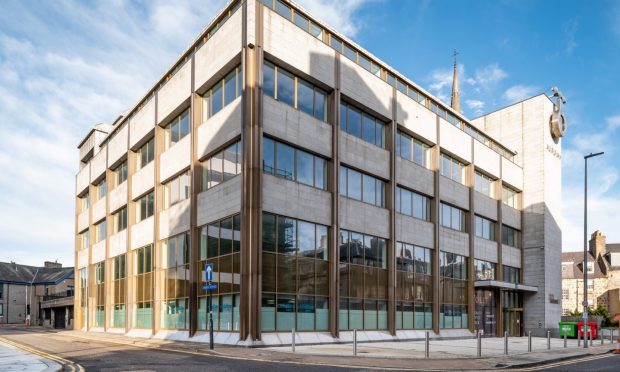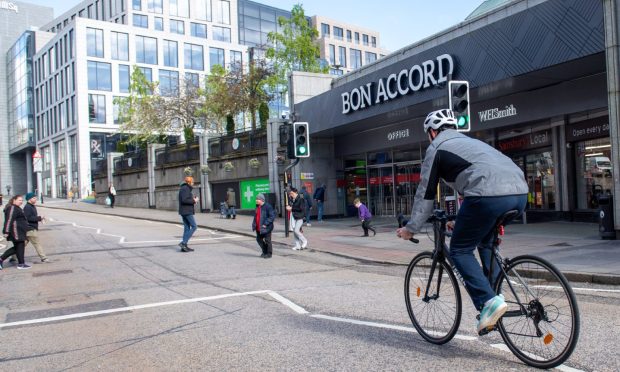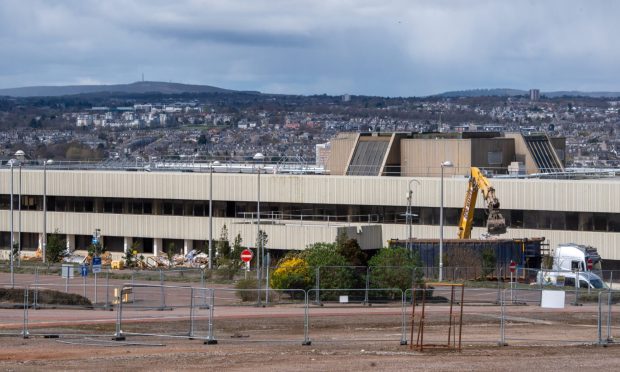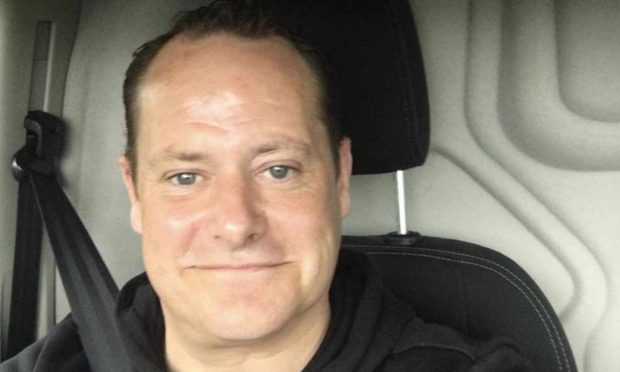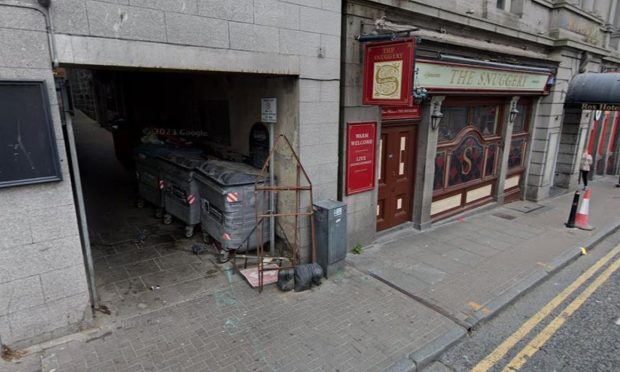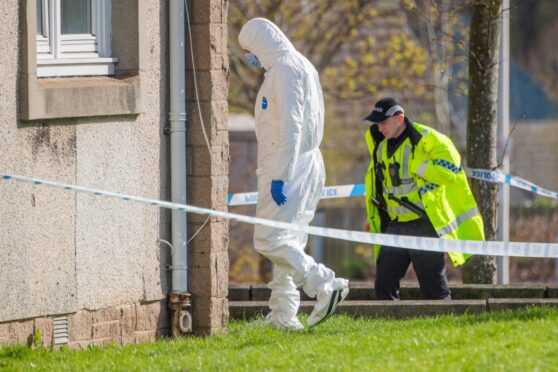Fiona Musk is accustomed to finding herself immersed in pictures, posters, old artefacts and quirky memorabilia in her life as an archivist with NHS Grampian.
So it is hardly surprising the north-east woman has been engrossed by the links between the past and present while compiling a booklet to commemorate the 70th anniversary of the National Health Service, which came into being in 1948.
Her labours highlight the dramatic fashion in which the NHS has transformed so many lives across the region, but they also depict a different world in the 1950s and 1960s to that which exists today.
There are urgent messages to the public to “stop spitting” in the aftermath of the Aberdeen typhoid epidemic which struck the city in May 1964 and led to over 400 patients being quarantined at the City Hospital and Woodend Hospital.
Other public health campaigns included warnings about hidden sugar in food and information on how to help prevent the spread of tuberculosis.
And, from her base at the Duncan Rice Library, Fiona has created the sort of publication which will interest any history and heritage buffs in the region.
She told the Press and Journal: “It’s fascinating to be able to look back and see how things have not only changed, but have stayed the same since the creation of the NHS.
“Even at the beginning, hospitals were concerned with staffing, money problems, and inadequate buildings.
“What is also interesting is noticing the impact of modern medicine on the reasons for hospital admissions – we now have effective vaccines and antibiotics, such as diphtheria, mumps, and tuberculosis. We didn’t 70 years ago.
“The campaigns which were run in the 1950s and 1960s for mobile chest clinics for people to be screened for TB were very effective, as were posters advising people not to spit because it spread disease.
“And the records held by NHS Grampian give a really good overview of the changes which have taken place in people’s healthcare from the time Aberdeen Royal Infirmary opened its doors to patients in 1742 right up to the present day.”
The booklet includes portraits of assorted members of the Royal Family hanselling different facilities throughout the decades.
One image illustrates what is now the main entrance of the ARI at Foresterhill being opened in 1966 by the Queen Mother.
Yet this wasn’t the first hospital to be built at Foresterhill – the Royal Aberdeen Children’s Hospital moved there from its previous location on Castle Terrace in 1929.
It was extensively redeveloped and a new outpatient department was officially opened in 1964 by Princess Alexandra.
Fiona has investigated myriad different facets of the NHS as it has moved forward in the aftermath of ther Second World War.
She said: “I particularly like seeing admission records, which give a brief overview of why people were admitted to hospital in the first place.
“But one of my favourite items is the poster from the 1980s produced by Grampian Health Board advising against the dangers of hidden sugar.
“It remains relevant today, and shows that there is still work to be done on advising the public on how to look out for excess sugar in foods which you may not expect.”
She has been involved in her role since 2005 when she joined Aberdeen City & Aberdeenshire Archives, before qualifying as an archivist in 2009.
Her vocation frewquently requires her to delve into arcane subjects and search for the minutiae which allows her to put names to faces and dates to sepia-tinged photographs.
She added: “I joined NHS Grampian Archives in January 2015, when the previous archivist Fiona Watson retired after 30 years in post.
“I grew up in the north east, so it has been really interesting to find out more about its history from the amazing collections which are held in the area.
“There is so much absorbing material and we keep discovering more all the time.”
Ms Musk will be speaking about the history of hospitals in Aberdeen at the May Festival, and explaining how the records themselves have been kept, and why the collection is as vast as it is today.
It promises to paint an enthralling picture of matters of life and death since the NHS sprung to life.
